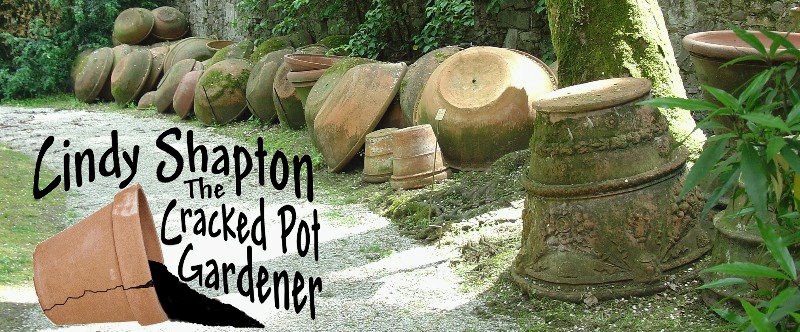
When I think of summer I can’t help but think of warm evenings on the porch swing sipping an ice-cold glass of tea. Most of us make our tea nice and sweet by adding sugar or artificial sweetener to the tea brew. Yes, we even admit that sugar or that other stuff probably isn’t that good for us but sweet tea is a tradition and we can’t imagine not having it at lunch or at the next church picnic.
What if I told you there was an alternative to sugar and artificial sweeteners? An herb actually that you can grow yourself called Stevia (Stevia rebaudiana). This herb is native to Paraguay with leaves that are 30 times sweeter than sugar with no calories or adverse side effects. If it sounds too good to be true, just wait...stevia also has medicinal properties that are reported to be effective in the treatment of diabetes, skin diseases, hypertension, weight loss and infections!
Plant stevia in the herb garden or in a pot in the spring after the last frost, give it plenty of sunshine and water (no need to fertilize). Plan to buy a new plant each spring or bring it in during the winter months as stevia is a tender perennial that cannot withstand our Tennessee winters. I grow stevia in a pot for the summer then drag it into the garage after I have cut it back to about 3" tall. In the Spring I bring it back out and place it in a sunny spot outside the kitchen door where it is handy to use.
Start using fresh leaves during the growing season by adding a couple of leaves (adjust to your own taste) to any pot of tea (herbal or other) and steep as usual.
In the fall, cut the plant back and hang small bouquets upside down in a well ventilated area out of direct sun or place leaves in a dehydrator. When the leaves are dry and crumble easily store them in a tightly covered jar. You may want to grow several plants if you want enough to use all winter.
In the fall, cut the plant back and hang small bouquets upside down in a well ventilated area out of direct sun or place leaves in a dehydrator. When the leaves are dry and crumble easily store them in a tightly covered jar. You may want to grow several plants if you want enough to use all winter.
To use as a sweetener add part of or a whole leaf directly into hot tea or coffee where it can steep the sweetness into the hot liquid or grind leaves in a coffee grinder to use as a powdered sweetener in place of sugar. This takes some experimenting to get the right amount of sweet since stevia is much sweeter than sugar.
Stevia can take the place in any recipe calling for sugar or artificial sweetener. For more information on this incredible herb and recipes check out http://www.stevia.net/
Beat the heat this summer while staying thin and healthy using your own home grown stevia to sweeten your ice cold tea...enjoy!
Stevia can take the place in any recipe calling for sugar or artificial sweetener. For more information on this incredible herb and recipes check out http://www.stevia.net/
Beat the heat this summer while staying thin and healthy using your own home grown stevia to sweeten your ice cold tea...enjoy!


 I like to use different varieties throughout my landscape to provide a long window of blooms for the bees. Thyme does well in pots, I add it to my kitchen pot gardens.
I like to use different varieties throughout my landscape to provide a long window of blooms for the bees. Thyme does well in pots, I add it to my kitchen pot gardens.


